We are still a fair number of days away from weather warm enough to make you break a sweat but that doesn’t mean your body doesn’t need plenty of water to stay healthy; and in cooler weather, we sometimes forget to drink enough. Older adults, who may not feel thirsty as quickly as a younger person,
According to a recent UCLA School of Nursing study, published in SAGE Open Nursing, seniors can easily become dehydrated as a result of fear of overnight incontinence or lack of mobility to access sufficient fluids. Chronic dehydration can leave elderly adults vulnerable to urinary tract infections, pneumonia and other respiratory infections. Screening for dehydration using an osmometer in nursing homes, hospitals and doctor’s offices is a simple way to determine if dehydration or under-hydration could be the underlying cause of infection, helping to prevent future illnesses.
Dehydration among older adults is common and it is estimated that up to 40 percent of elderly people living in the community may be chronically under-hydrated. According to the Mayo Clinic, older adults naturally have a lower volume of water in their bodies and may also take medications or have health conditions that increase the risk for dehydration. Many people, especially seniors don’t feel thirsty until they are already dehydrated. Symptoms of dehydration for adults may include extreme thirst, less frequent urination, dark-colored urine, fatigue, dizziness and confusion.
Older adults who have dementia can also easily become dehydrated because they may not remember when they last had a drink or may not be able to get water, juice or other fluids themselves. Caregivers can help prevent dehydration by making sure seniors get plenty of fluids and eat fruits and vegetables with a high water content. Even in cooler weather, dry indoor air can contribute to moisture loss.
Learn more about the dangers associated with dehydration by following this link to a recent article in Medical News Today.

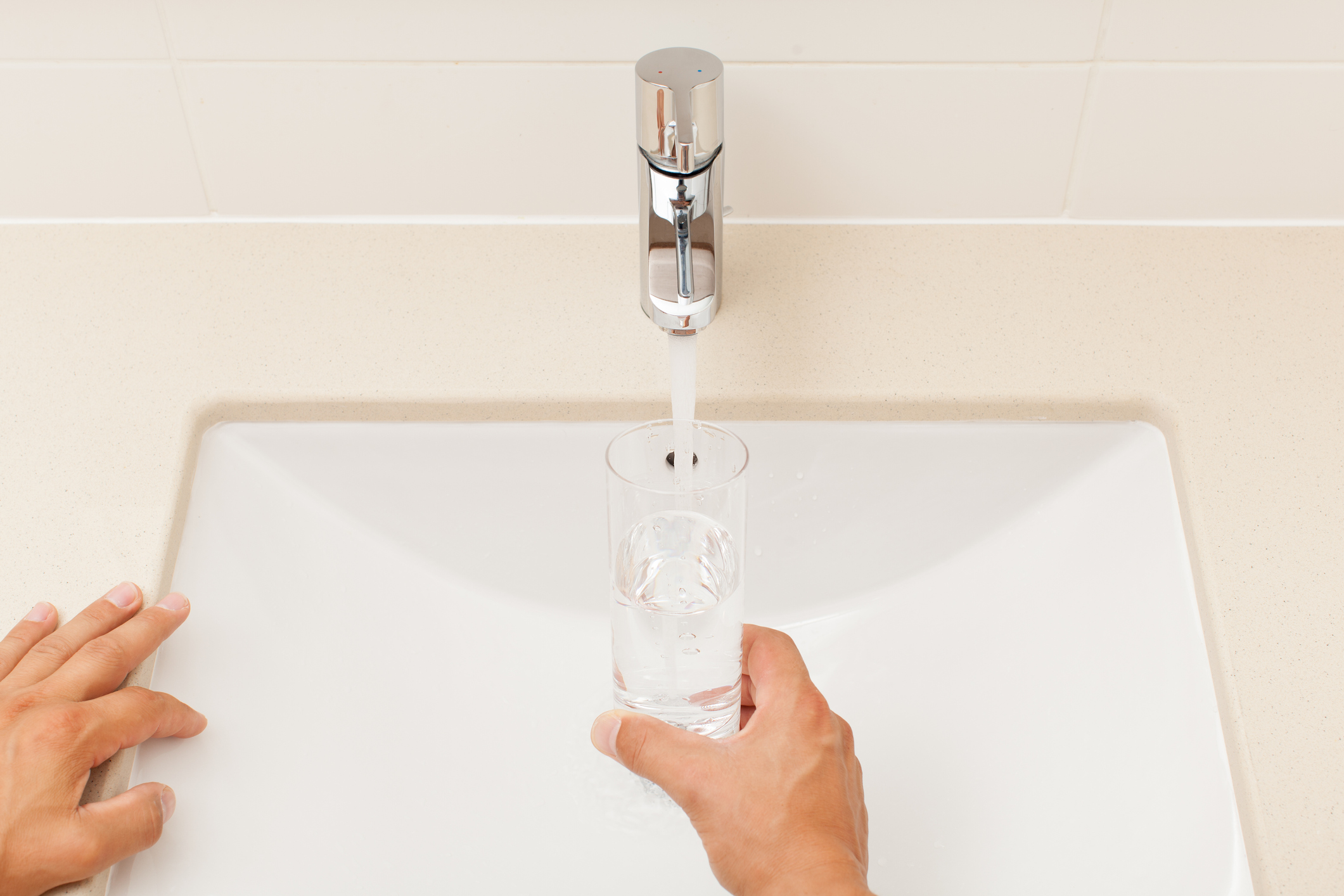
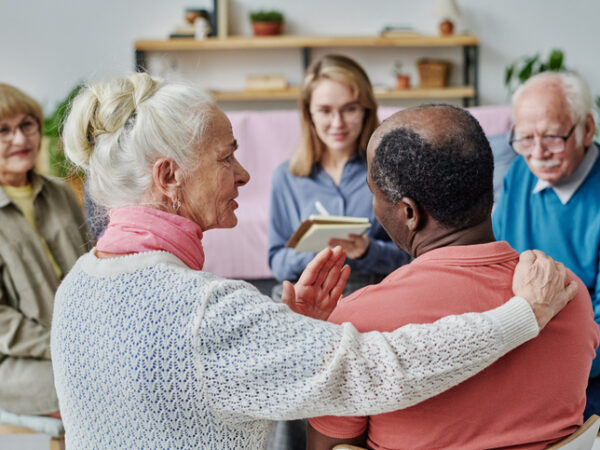
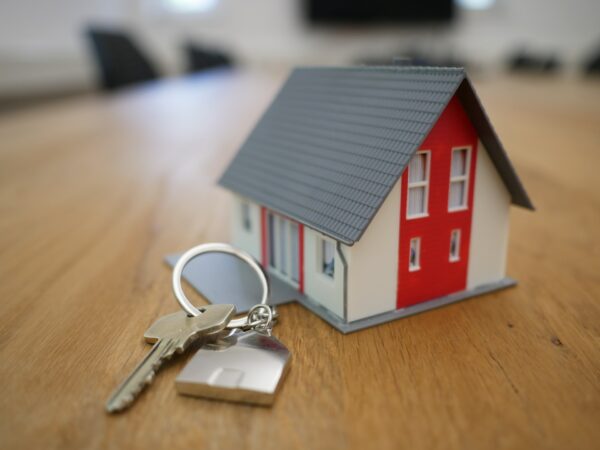
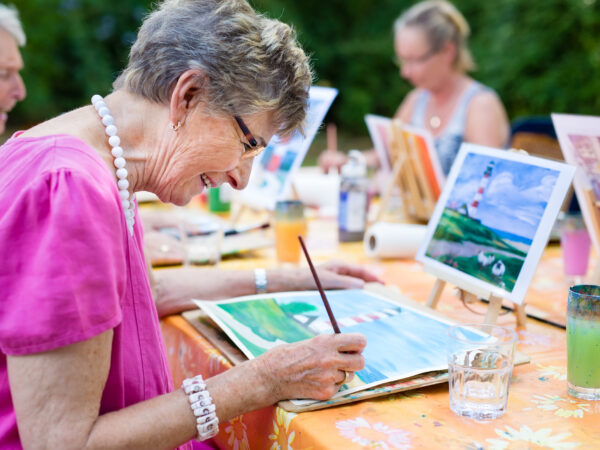
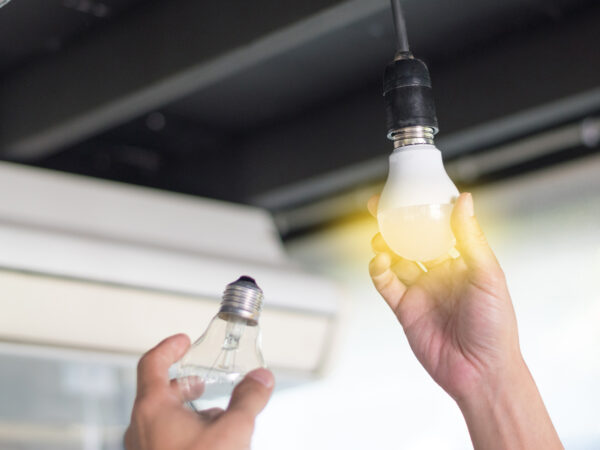
Add Your Voice
0 Comments
Join the Discussion